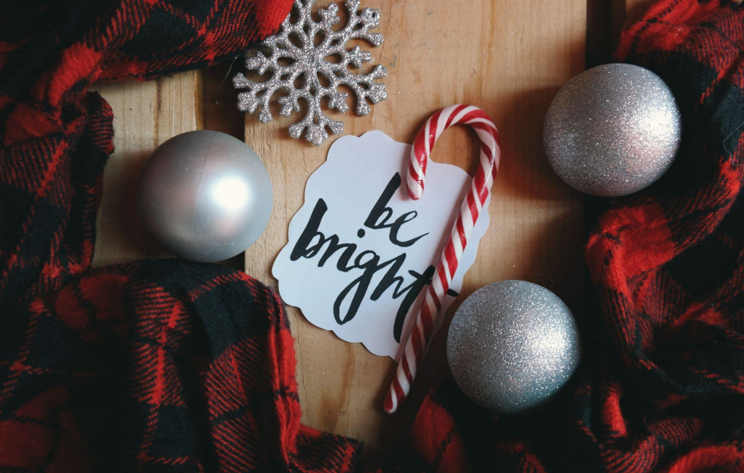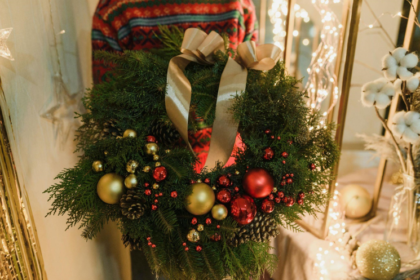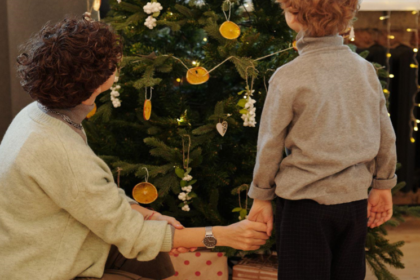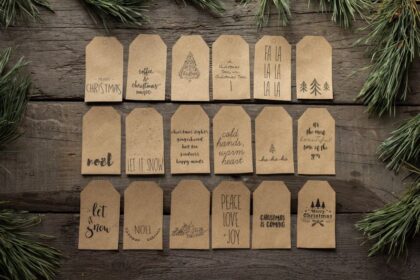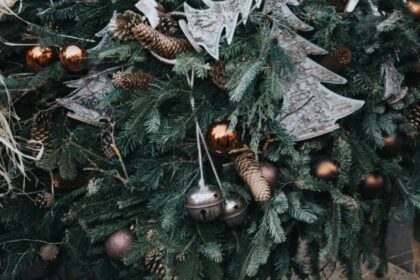The Origin of Christmas Elves
Christmas elves have been an essential part of the festive season for centuries. These mythical creatures were first introduced in Norse mythology as mischievous and playful beings that helped Santa Claus deliver Christmas gifts to children worldwide. The modern image of Christmas elves as small, jolly, and green creatures with pointy ears and a love for jingle bells and traditional colors originated in the 19th century thanks to poets and writers who popularized the idea in their works.
The Role of Christmas Elves in the Festive Season
The role of Christmas elves in the festive season goes beyond just helping Santa Claus deliver gifts. They also play a significant role in decorating homes and creating a positive atmosphere. Christmas elves are known for their love for Christmas lights, tinsel, and Christmas ornaments. They also have a special place in Christmas traditions, such as hanging stockings, which elves are known to stuff with small gifts and treats.
The importance of Christmas elves can also be seen in popular culture, particularly in movies and TV shows such as “Elf” and “The Santa Clause.” These cheerful and mischievous characters have become a beloved part of the festive season, and their contagious enthusiasm and love for Christmas gifts have made them a favorite with children worldwide.
While the role of Christmas elves may have evolved, their impact on the festive season remains the same. They bring joy and happiness to people of all ages, and their love for gift-giving and traditional colors reminds us of the true meaning of Christmas.
In conclusion, Christmas elves are an essential part of the festive season. From their Norse mythology origins to their role in modern-day Christmas traditions, these jolly and mischievous characters embody the joy and love of Christmas. So next time you hang your stockings or hear the tinkling of jingle bells, remember the unique role played by these beloved mythical creatures.
